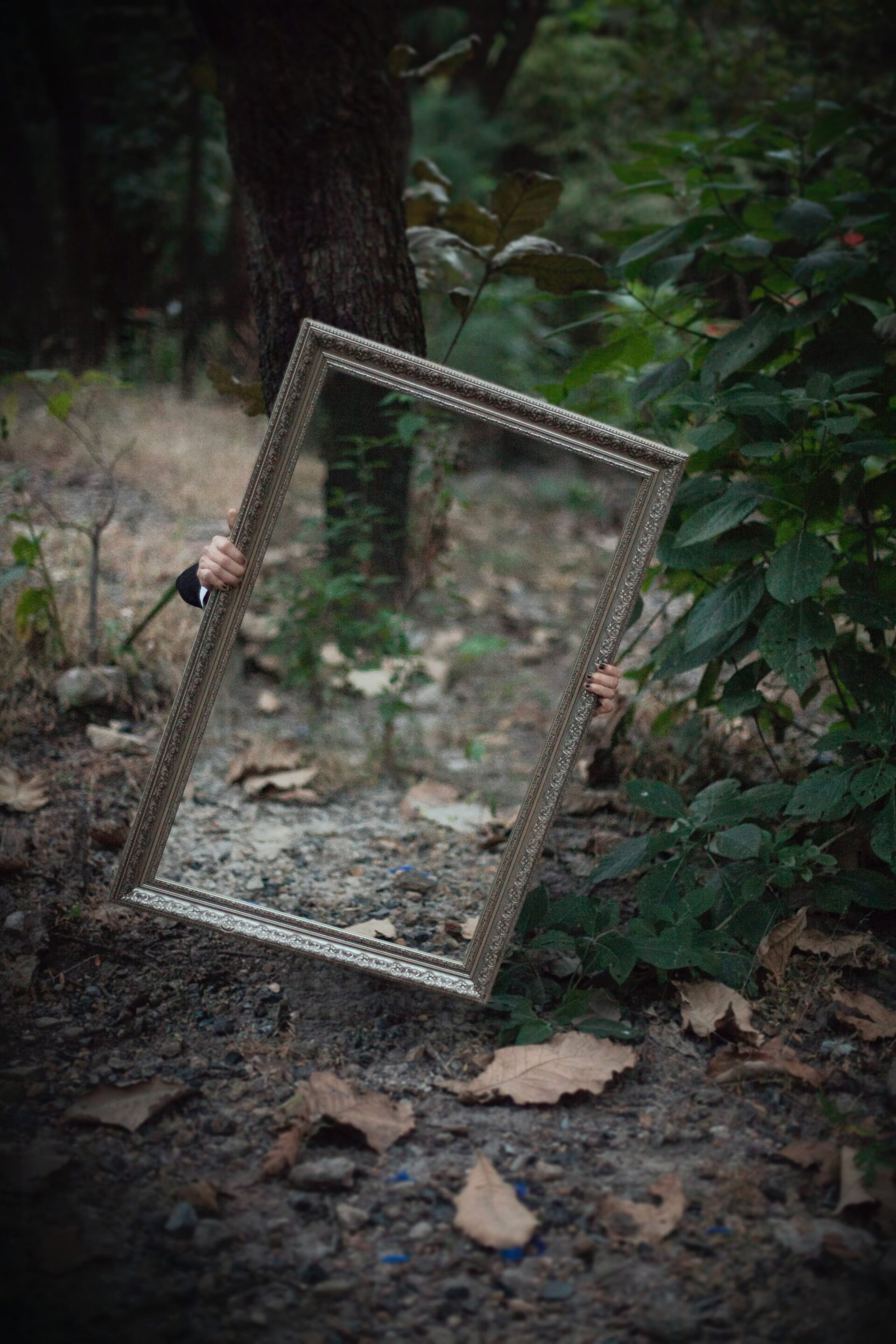Throughout history, mirrors have been an important tool for individuals to see themselves and their surroundings. In ancient times, mirrors were a luxury item that only the wealthy and elite could afford. One such group of individuals were the members of the royal court, who had access to exquisite mirrors that were not only functional but also works of art.
During ancient times, mirrors were made of various materials, including bronze, silver, and gold. The earliest known mirrors were made of polished obsidian, a volcanic glass that was used by the ancient Mayans and Aztecs. However, as technology advanced, mirrors became more refined, and new materials were used to create them.
One of the most well-known ancient mirrors comes from China’s Han Dynasty (206 BC-220 AD), where mirrors were made from bronze and decorated with intricate designs. These mirrors were often given as gifts to members of the royal court and were believed to have been imbued with magical powers. The designs on the mirrors often featured mythical creatures, such as dragons and phoenixes, as well as scenes from nature, such as mountains and rivers.
In ancient Egypt, mirrors were made from polished metal and were often decorated with symbols of power and royalty. One such mirror was found in the tomb of Tutankhamun, the famous boy king who ruled Egypt over 3,000 years ago. The mirror was made from bronze and was decorated with gold inlay and precious stones. The handle of the mirror was in the shape of a lotus flower, which was a symbol of rebirth and regeneration.
In ancient Greece, mirrors were made from bronze or silver and were often decorated with mythological scenes. One such mirror was found in the city of Corinth and dates back to the 4th century BC. The mirror was made from silver and was decorated with a scene of Aphrodite, the goddess of love, being attended to by her servants.
In ancient Rome, mirrors were also made from various materials, including bronze, silver, and gold. One of the most famous Roman mirrors is the Berthouville Treasure, a collection of silver objects that were discovered in France in the 19th century. The treasure includes a mirror that is decorated with scenes from Greek mythology, including the abduction of Persephone by Hades.
One of the most exquisite mirrors from the ancient royal court comes from the Palace of Versailles in France. The mirror was commissioned by King Louis XIV in the 17th century and was made by the famous French craftsman, Charles Le Brun. The mirror is over 20 feet tall and is framed by an ornate gilded frame that features images of the sun and the king’s emblem, the fleur-de-lis.
The mirror’s surface is made from over 3,000 pieces of glass that were painstakingly polished to create a flawless reflection. The mirror was not only functional but also served as a symbol of the king’s wealth and power. The mirror was so impressive that it became a model for other European monarchs, who commissioned similar mirrors for their own palaces.
In conclusion, mirrors have played an important role in human history, and ancient mirrors from royal courts are some of the most exquisite and impressive examples of the craft. These mirrors not only served as functional objects but also as works of art that reflected the wealth, power, and influence of the individuals who owned them. From China’s Han Dynasty to France’s Palace of Versailles, these mirrors continue to captivate and inspire people around the world.
Read More:
